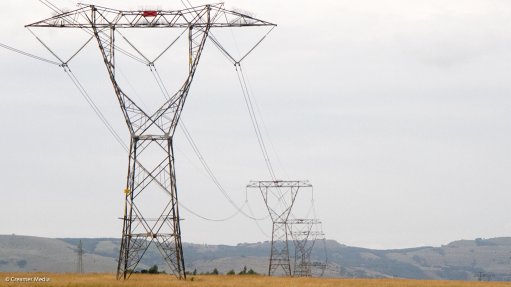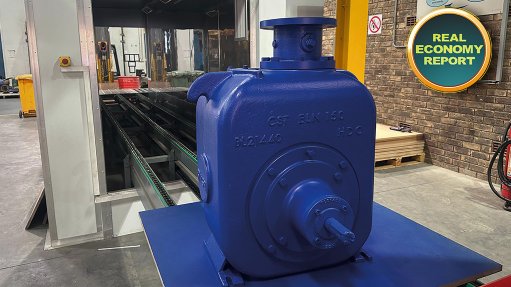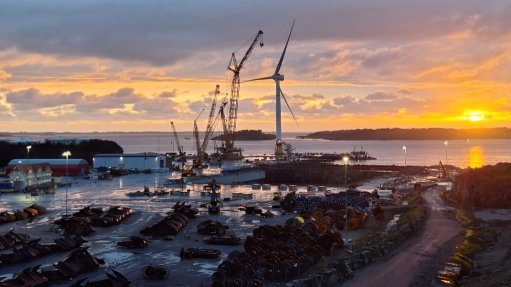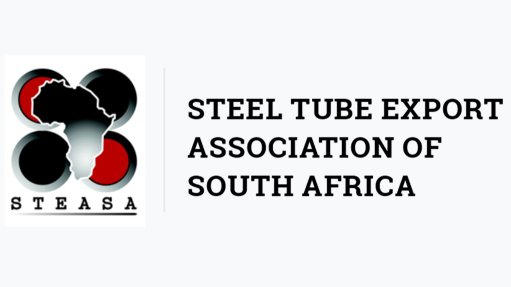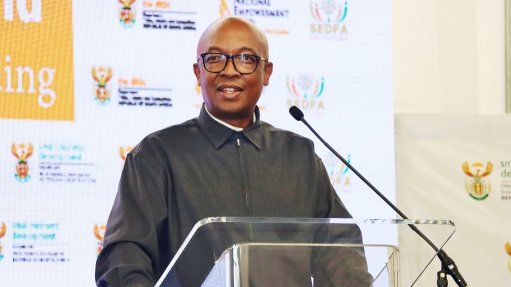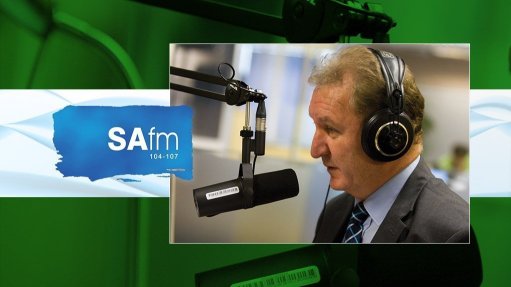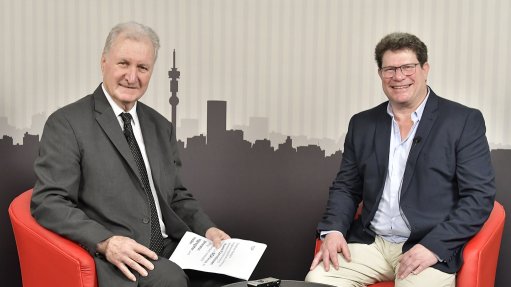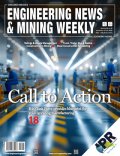Demand for sustainable packaging on the rise

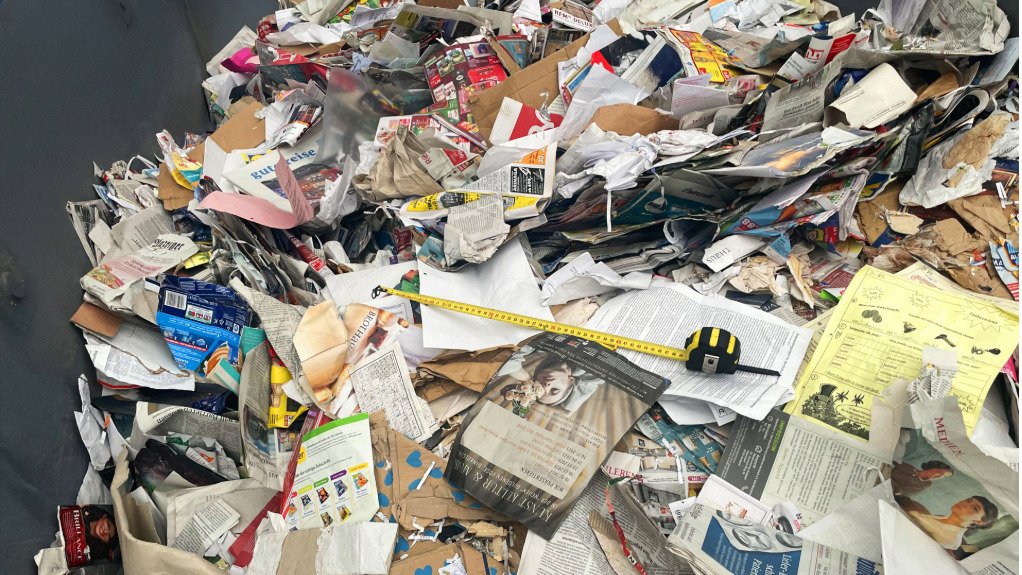
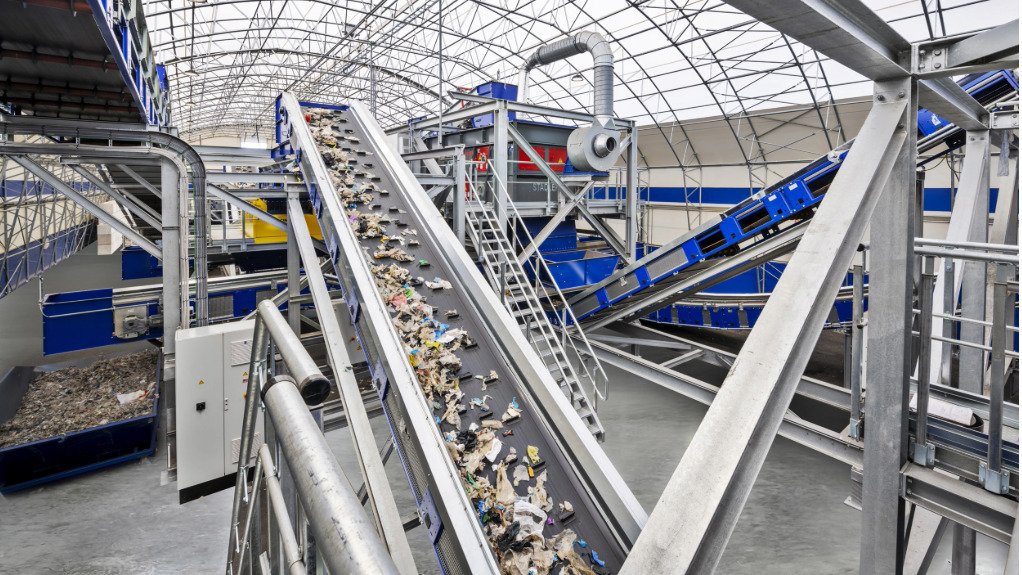
MORE THAN PAPER Composite packaging is a combination of multiple layers of materials, such as paper, plastic and aluminium. These layers are difficult to separate, making the recycling process intensive
REDUCED CONTAMINATION Through innovative sorting technologies and adapted processes with dry-mechanical sorting, wet processing and sanitation, secondary fibres could be obtained
Photo by Stadler
The demand for sustainable solutions in packaging has “never been higher”, according to recycling sorting system specialist Stadler. This increase in demand has been particularly evident in the food industry, where consumers are increasingly drawn to products that promise environmental responsibility.
This trend has brought a significant shift towards paper-based packaging, driven by both market forces and regulatory imperatives.
The global paper packaging market is “booming”, and Stadler expects that it will reach $97.6- billion in Europe and $75.64- billion in North America in 2025. Additionally, the European and North American industries are expected to grow at compound annual growth rates of 4.8% and 3.9%, respectively, by 2030.
The food industry is at the forefront of this shift, with liquid cartons becoming one of the fastest-growing packaging types, fuelled by consumer preference and sustainability goals.
However, the promise of paper packaging is not without its challenges, particularly in the realm of recycling.
Despite the rapid adoption of paper solutions, there is a considerable amount of paper, especially from mixed waste streams, that remains unrecycled.
According to Stadler, studies have revealed that, in Germany, lightweight packaging waste alone holds the potential to supply around 100 000 t of high-quality paper yearly – a resource that remains largely “untapped” as a result of several persistent challenges.
Technical Feasibility
The EnEWA project – a collaborative effort involving Stadler, academic institutions and other industry leaders – has made significant strides in demonstrating the technical feasibility of recycling paper from mixed waste.
The project has provided “compelling” evidence that this goal is technically feasible.
It has demonstrated that, through innovative sorting technologies and adapted processes with dry-mechanical sorting, wet processing and sanitisation, secondary fibres can be obtained and used in paper production without significant contamination issues.
Special sorting technologies, such as near-infrared sensors, were optimised to identify and separate composites. Additionally, processes such as hot dispersion under overpressure proved successful in reducing microbiological contamination.
Beyond technological advancements, the EnEWA project has engaged with regulatory authorities, advocating for updates to waste management guidelines and amendments to regulations.
It has developed recommendations for a more flexible regulatory approach, especially for applications outside the food sector or for dry food packaging, backed by scientific data from worst-case scenario experiments.
Further, the project has also held workshops involving representatives from stakeholders including the packaging industry, sorting facility operators and paper recyclers.
“The EnEWA project has shown that with the right technological adjustments, such as improved sorting and sanitation processes, high-quality paper can be recycled from mixed waste streams,” explains Stadler product engineer Annika Ludes.
However, Ludes notes that to fully realise this potential, changes in the regulatory landscape are essential.
Rising Challenges
The food industry is witnessing a shift towards paper packaging, driven by environmental concerns and consumer demand.
Companies are heavily investing in sustainable paper solutions, with innovations such as fibre packaging solutions provider Pulpex’s paper bottles made from sustainably-sourced wood pulp or paper mill Mondi’s paper-based pouch for liquids, highlighting the industry’s commitment to reducing environmental footprints.
Despite these advancements, recycling paper, particularly from composite packaging, remains a complex issue.
Composite packaging, often used in food products, combines multiple layers of materials, including paper, plastic and aluminium. These layers are difficult to separate, making the recycling process energy intensive and prone to contamination.
In addition, some of the new composite packages can be confusing for consumers, as they may appear to be entirely made of paper but contain layers of other materials.
While technological advancements have shown promise, the regulatory environment poses significant hurdles.
Paper Recycling Potential
Although the EnEWA project has concluded, Stadler believes that its legacy continues. Stadler, which is now an associated partner in the SPaRe project, is working to further enhance the energy efficiency of the paper recycling cycle.
This initiative aims to optimise the use of residual materials in paper production, potentially saving 1 TWh of energy a year – which is equivalent to 1.6% of the yearly energy consumption of the paper industry.
Additionally, this reduces greenhouse-gas emissions by an estimated 350 000 t of CO2-equivalent a year.
The EnEWA project has put the spotlight on the untapped potential of paper recycling, showing that the technology exists to recycle significant amounts of paper from mixed waste.
However, “unlocking” this potential requires a concerted effort to overcome regulatory barriers and improve waste management practices.
Stadler states that by addressing these challenges, there is the possibility to turn what is currently a lost resource into a cornerstone of sustainable packaging, driving a more circular and environment-friendly future.
Article Enquiry
Email Article
Save Article
Feedback
To advertise email advertising@creamermedia.co.za or click here
Comments
Announcements
What's On
Subscribe to improve your user experience...
Option 1 (equivalent of R125 a month):
Receive a weekly copy of Creamer Media's Engineering News & Mining Weekly magazine
(print copy for those in South Africa and e-magazine for those outside of South Africa)
Receive daily email newsletters
Access to full search results
Access archive of magazine back copies
Access to Projects in Progress
Access to ONE Research Report of your choice in PDF format
Option 2 (equivalent of R375 a month):
All benefits from Option 1
PLUS
Access to Creamer Media's Research Channel Africa for ALL Research Reports, in PDF format, on various industrial and mining sectors
including Electricity; Water; Energy Transition; Hydrogen; Roads, Rail and Ports; Coal; Gold; Platinum; Battery Metals; etc.
Already a subscriber?
Forgotten your password?
Receive weekly copy of Creamer Media's Engineering News & Mining Weekly magazine (print copy for those in South Africa and e-magazine for those outside of South Africa)
➕
Recieve daily email newsletters
➕
Access to full search results
➕
Access archive of magazine back copies
➕
Access to Projects in Progress
➕
Access to ONE Research Report of your choice in PDF format
RESEARCH CHANNEL AFRICA
R4500 (equivalent of R375 a month)
SUBSCRIBEAll benefits from Option 1
➕
Access to Creamer Media's Research Channel Africa for ALL Research Reports on various industrial and mining sectors, in PDF format, including on:
Electricity
➕
Water
➕
Energy Transition
➕
Hydrogen
➕
Roads, Rail and Ports
➕
Coal
➕
Gold
➕
Platinum
➕
Battery Metals
➕
etc.
Receive all benefits from Option 1 or Option 2 delivered to numerous people at your company
➕
Multiple User names and Passwords for simultaneous log-ins
➕
Intranet integration access to all in your organisation









